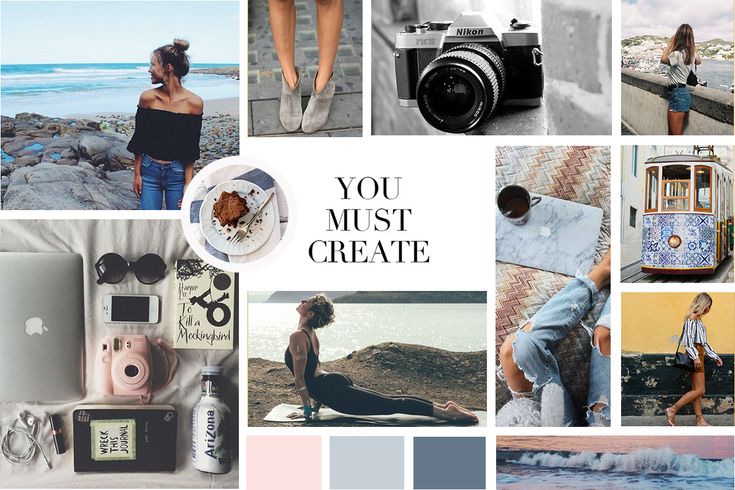As a graphic designer, developing a unique style is paramount to standing out in a saturated market. A distinct style not only helps in building a personal brand but also attracts clients who appreciate your artistic voice. Here’s a comprehensive guide to help you discover and cultivate your unique graphic design style.
Table of Contents
Understand Your Influences
Every designer is different and is influenced by various sources, whether it’s the work of other artists, movements in art history, or even experiences from everyday life.

To identify your influences, start by:
- Creating an Inspiration Board: Try to find inspiration in everything that interests you. Use platforms like Pinterest or a physical board to compile designs, colors, typography, and layouts that resonate with you. Over time, patterns will emerge, revealing your aesthetic preferences.
- Studying Design Legends: Research the work of renowned designers and artists. Understand what you admire about their work and how they approach design problems. Art history can teach you a lot of things and mostly a lot of artists are inspired by one or the more artforms in from history. This could be their use of color, typography, or overall composition.
- Exploring Different Mediums: Experiment and explore maximum number of mediums possible. Sometimes, stepping out of digital design into painting, drawing, or even sculpture can provide fresh perspectives and ideas.
Experiment and Play
Design is as much about experimentation as it is about rules. Explore with different design techniques and styles.

To develop a unique style, allow yourself to play with different elements and techniques:
- Try Various Styles: Don’t limit yourself to one genre of design. Experiment with minimalism, abstract art, realism, and more. This exploration will help you understand what feels natural and what doesn’t.
- Use Unconventional Tools: Sometimes, using tools outside of the usual software can spark creativity. Try hand-lettering, collage-making, or mixed media to bring new textures and elements into your work.
- Break the Rules: While it’s crucial to understand design principles, it’s also essential to break them occasionally. This can lead to innovative and unexpected results that set your work apart.
Reflect on Your Work
Self-reflection is key in identifying your unique style. Regularly review your work to understand what consistently shows up in your designs:
- Identify Patterns: Look for recurring themes, colors, shapes, or techniques in your past projects. These patterns can be the foundation of your unique style.
- Seek Feedback: Show your work to peers, mentors, or even friends outside of the design field. Their feedback can offer insights into what makes your work stand out.
- Maintain a Design Journal: Document your design process, thoughts, and inspirations. Over time, this journal will become a valuable resource to understand your evolving style.
Embrace Your Personality
Your personality is a significant factor in shaping your unique design style.

Incorporate elements that reflect who you are and what you believe in:
- Infuse Personal Interests: Let your hobbies, passions, and interests seep into your designs. Whether you love nature, urban landscapes, or vintage items, these elements can add a personal touch to your work.
- Express Your Values: If you’re passionate about sustainability, equality, or any other cause, let it influence your design choices. Your values can guide your color schemes, subject matter, and overall approach.
- Tell Your Story: Use your designs to share your personal story or experiences. This narrative aspect can make your work more relatable and memorable.
Develop a Consistent Visual Language
Once you start identifying elements that feel uniquely yours, develop a consistent visual language:
- Create a Style Guide: Document the key elements of your style, such as color palettes, typography choices, and common motifs. This guide can help maintain consistency across different projects.
- Be Consistent Yet Flexible: While consistency is crucial, allow room for evolution. Your style should adapt and grow as you gain more experience and exposure.
- Apply Your Style Across Various Mediums: Whether it’s web design, print, branding, or packaging, applying your style across different mediums can solidify your unique aesthetic.
Keep Evolving
A unique style is not static; it evolves with your experiences and growth as a designer:
- Stay Inspired: Continuously seek new sources of inspiration. Travel, read, attend workshops, and immerse yourself in different cultures and environments.
- Learn Continuously: Stay updated with the latest design trends, tools, and techniques. Continuous learning will add new dimensions to your style.
- Adapt and Grow: As you take on new projects and challenges, let your style adapt and grow. Don’t be afraid to incorporate new influences and techniques.
Showcase Your Style
Finally, it’s essential to showcase your unique style to the world:
- Build a Strong Portfolio: Curate a portfolio that highlights your best work and showcases your unique style. Make sure to include a variety of projects that reflect your versatility and depth.
- Use Social Media: Platforms like Instagram, Behance, and Dribbble are great for sharing your work and connecting with other designers. Regularly post your projects and engage with the design community.
- Collaborate with Others: Collaborating with other creatives can introduce new perspectives and help refine your style. Seek out opportunities to work with illustrators, photographers, and other designers.
Conclusion
Finding your unique style as a graphic designer is a journey that involves exploration, reflection, and continuous growth. Embrace your influences, experiment with different techniques, and let your personality shine through your work. By developing a consistent visual language and staying open to evolution, you’ll create a style that is distinctly yours and resonates with your audience. Remember, your unique style is what sets you apart, so cherish and nurture it.

